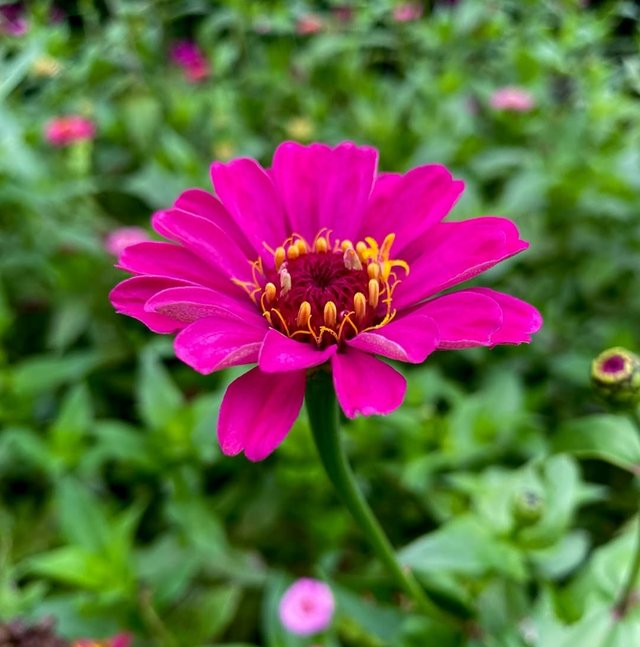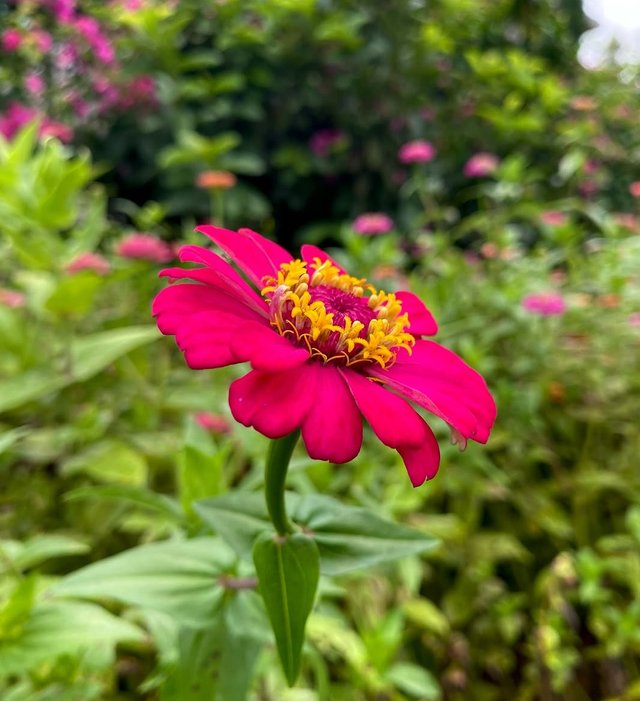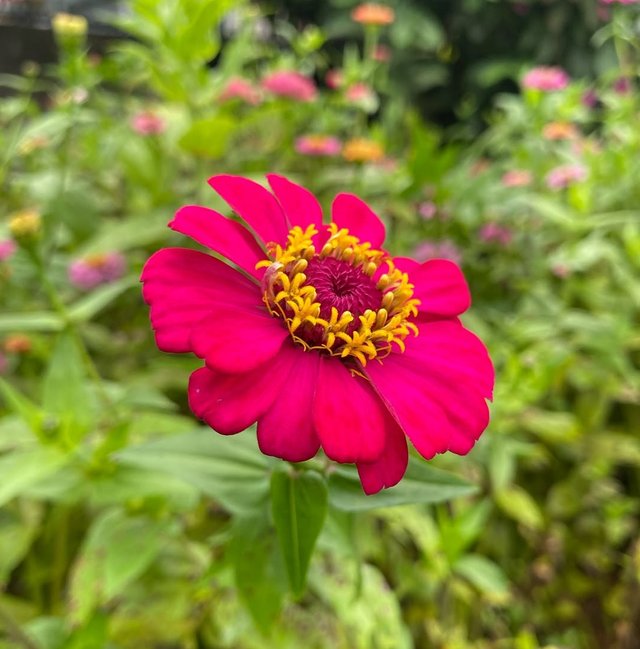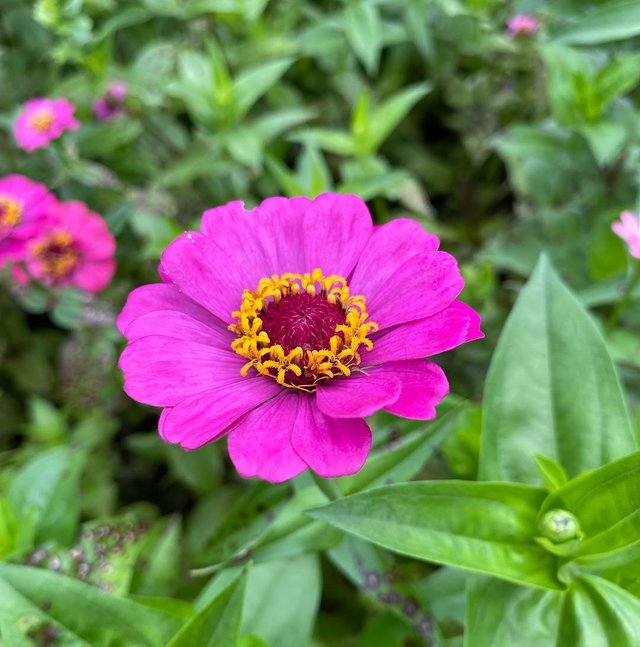Wonderful Common Zinnia Flower
The Common Zinnia, also known simply as zinnia, is a vibrant, sun-loving flowering plant that has become a favorite among gardeners around the world. Known for its striking blooms, easy cultivation, and ability to thrive in hot, dry conditions, the common zinnia has carved out a special place in both ornamental gardens and pollinator-friendly landscapes. Native to Mexico and parts of the southwestern United States, zinnias have been cultivated and bred into a dazzling array of forms and colors, ranging from bold reds to soft pinks, bright yellows to pure whites, and even greens and purples.
Botanical Background
Scientific Name: Zinnia elegans
Family: Asteraceae
Native Range: Mexico, Southwestern U.S.
Growth Habit: Annual
Height: 6 inches to over 4 feet
Bloom Time: Late spring through the first frost
Pollinators Attracted: Butterflies, bees, and hummingbirds
Zinnias are part of the Asteraceae family, which also includes daisies, sunflowers, and asters. This means their flowers are actually composite flowers, composed of multiple small florets packed together to form a larger "bloom."
Appearance and Varieties
Zinnia blooms are renowned for their bright colors and symmetrical shapes. Their flowers can be single, semi-double, or double, depending on the number of petal rows. Some have a classic daisy-like appearance, while others look almost like dahlias or pom-poms.
Popular varieties include:California Giant’ – Large, bold blooms and tall plants
Profusion’ series – Compact, disease-resistant, and ideal for containers
Zahara’ series – Heat and drought-tolerant with large, vibrant flowers
‘Cut and Come Again’ – Great for cutting gardens with prolific blooming
Petals may be rounded or pointed and sometimes have a curled or ruffled edge. Colors include nearly every hue except blue. There are even bi-color and tri-color varieties.
Growing Conditions
Zinnias are incredibly easy to grow from seed, making them a perfect choice for novice and expert gardeners alike.
Sunlight: Full sun
Soil: Well-draining, moderately fertile soil
Watering: Moderate – water at the base to avoid powdery mildew
Spacing: 6–18 inches apart depending on variety
Temperature: Warm weather; frost-sensitive
Zinnias are not frost-tolerant, so seeds should be sown outdoors only after the danger of frost has passed. They can also be started indoors and transplanted once the weather is reliably warm.
Thanks For Reading
Device Information
| Device | cannon eos 700D |
|---|---|
| Lens | 55-250 zoom leans |
| Location | Bangladesh |




